 spieth12@spiethstorage.com
spieth12@spiethstorage.com +86 18006010205
+86 18006010205
LATEST NEWS
-
Time:9/16/2025
-
Time:9/15/2025
-
Time:9/10/2025
-
Time:9/5/2025
-
Time:9/2/2025
CONTACT US
-
 Tel : +86 18006010205
Tel : +86 18006010205
-
 E-mail : spieth12@spiethstorage.com
E-mail : spieth12@spiethstorage.com
-
 Address : Tongan Park, Tongan District, Xiamen, China 361023
Address : Tongan Park, Tongan District, Xiamen, China 361023
Product News
Push Back Racking Advantages and Disadvantages
 Time:4/24/2025
Time:4/24/2025 322
322Push back racking is a type of high-density storage system that allows for efficient use of warehouse space. It is especially popular in industries where inventory turnover is relatively fast and space utilization is a priority. This system uses a series of nested carts on inclined rails, which allow pallets to be loaded from the front and then pushed back to make room for additional pallets.

Advantages of Push Back Racking
High Storage Density:
Push back racking maximizes cubic space by allowing multiple pallets to be stored in a single lane, typically up to 4–6 deep. This is ideal for operations where space is limited.
Increased Selectivity Compared to Drive-In:
While not as selective as selective pallet racking, push back systems provide better selectivity than drive-in racks because each lane stores a single SKU, allowing quicker access to different products.
Faster Loading and Unloading:
Since pallets are loaded and retrieved from the same side (LIFO system), material handling is faster, reducing the time spent maneuvering forklifts.
Reduced Product Damage:
Forklifts do not enter the racking structure, reducing the risk of damaging racks or products compared to drive-in systems.
Efficient Use of Labor:
The ease of access and reduced travel time help improve productivity and lower labor costs.
Disadvantages of Push Back Racking
LIFO Inventory Management:
Push back racking operates on a Last-In-First-Out basis, which is not suitable for all types of products, especially those with expiration dates or FIFO requirements.
Higher Initial Cost:
The mechanical components, such as carts and rails, make push back racking more expensive to install than standard selective racking systems.
Limited Depth Per Lane:
Although it offers high density, the system has a practical depth limit. Beyond 6 pallets deep, the push force required and the risk of damage may become an issue.
Not Ideal for Large SKU Variety:
Each lane stores only one SKU, which limits flexibility in environments with a high number of different products.
Maintenance Requirements:
Moving parts like rollers and carts require regular maintenance to ensure smooth operation and avoid costly downtime.
Conclusion
Push back racking offers an efficient solution for warehouses looking to balance storage density and accessibility. However, it is best suited for businesses that handle medium-turnover products and can operate within a LIFO inventory system. Companies should evaluate their product types, turnover rates, and storage needs before choosing this system.
Send Message
ONLINE SERVICE
-

-
 +86 18006010205
+86 18006010205 -
 +86 18006010205
+86 18006010205
 0
0
Browsing History







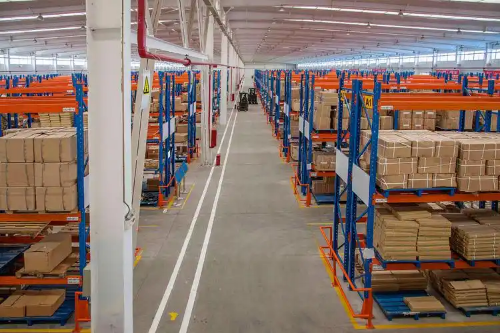
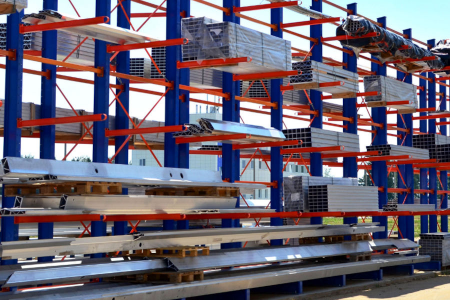
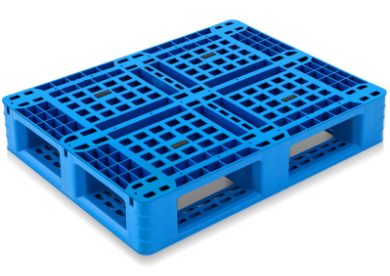
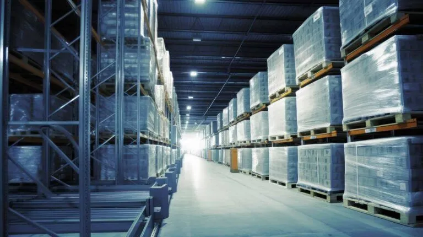
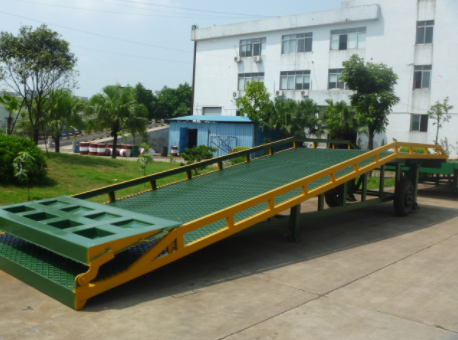






 link:
link:




